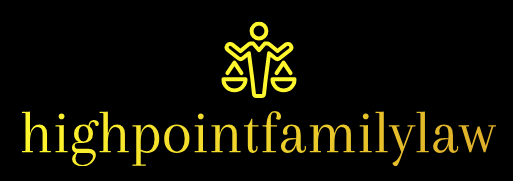Understanding Legal Citation
In the realm of legal writing, precision and accuracy are paramount. Every citation serves as a cornerstone, supporting arguments and bolstering the credibility of legal documents. Mastering the art of legal citation is akin to wielding a powerful tool, and at the core of this mastery lies familiarity with The Bluebook.
Introduction to The Bluebook
The Bluebook, formally known as The Bluebook: A Uniform System of Citation, stands as the definitive guide for legal citation in the United States. Originally developed by a consortium of law review editors in 1926, The Bluebook has since evolved into the gold standard for legal citation across various legal disciplines.
Navigating The Bluebook
At first glance, The Bluebook may appear daunting, with its extensive rules and intricate citation formats. However, navigating its pages becomes more manageable with a systematic approach. Understanding the structure of The Bluebook and its key components is essential for effective utilization.
Elements of Legal Citation
Central to The Bluebook are its rules governing citation formats for various legal sources, including cases, statutes, regulations, and secondary sources. Each citation follows a specific format, ensuring consistency and clarity in legal writing. Familiarizing oneself with these citation formats is crucial for accurate referencing.
Citing Cases
When citing judicial opinions, adherence to The Bluebook’s guidelines ensures proper attribution and acknowledgment of legal precedent. The Bluebook delineates specific rules for formatting case names, pinpoint citations, and parenthetical information, facilitating precise citation of court decisions.
Citing Statutes and Regulations
Incorporating statutory and regulatory provisions into legal documents requires adherence to The Bluebook’s prescribed citation formats. Whether citing federal statutes, state statutes, or administrative regulations, consistency and accuracy are paramount to convey the intended legal authority effectively.
Citing Secondary Sources
Legal scholarship often relies on secondary sources such as law review articles, treatises, and legal encyclopedias to support arguments and provide additional context. Properly citing these secondary sources in accordance with The Bluebook’s guidelines enhances the credibility and persuasiveness of legal writing.
Cross-Referencing and Pinpoint Citations
Effective legal citation entails more than merely citing sources; it also involves cross-referencing and providing pinpoint citations to specific pages or sections within cited materials. The Bluebook offers comprehensive rules governing cross-referencing and pinpoint citations, ensuring clarity and precision in legal documents.
Electronic and Online Sources
In an increasingly digital age, legal research often involves accessing electronic and online sources. The Bluebook provides guidance on citing electronic sources, including case law databases, statutory databases, and online legal resources, while maintaining consistency with traditional citation principles.
Footnotes and Endnotes
Footnotes and endnotes serve as indispensable tools for providing additional context, citations, and commentary within legal documents. The Bluebook sets forth rules governing the use of footnotes and endnotes, dictating their placement, formatting, and content to enhance readability and comprehension.
Conclusion
Mastering legal citation through The Bluebook is an essential skill for legal professionals and scholars alike. By adhering to The Bluebook’s guidelines and principles, practitioners can ensure the accuracy, consistency, and persuasiveness of their legal writing, thereby upholding the integrity of the legal profession. Read more about legal bluebook










